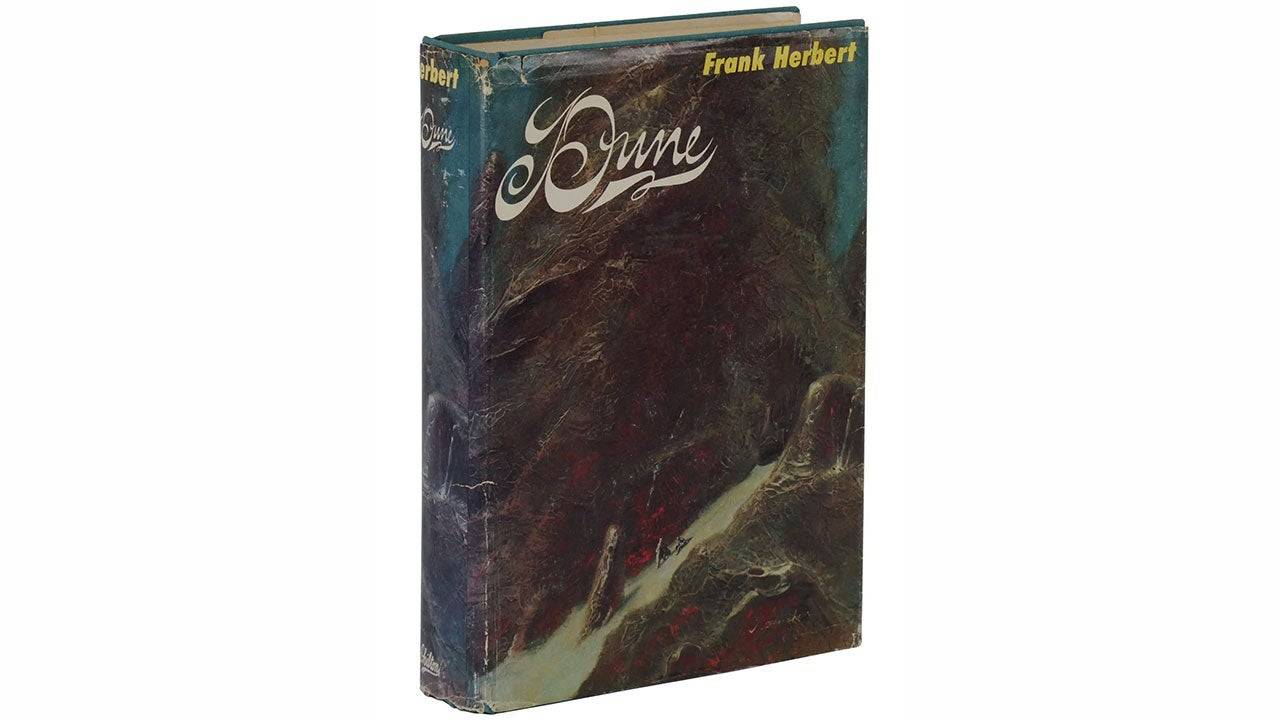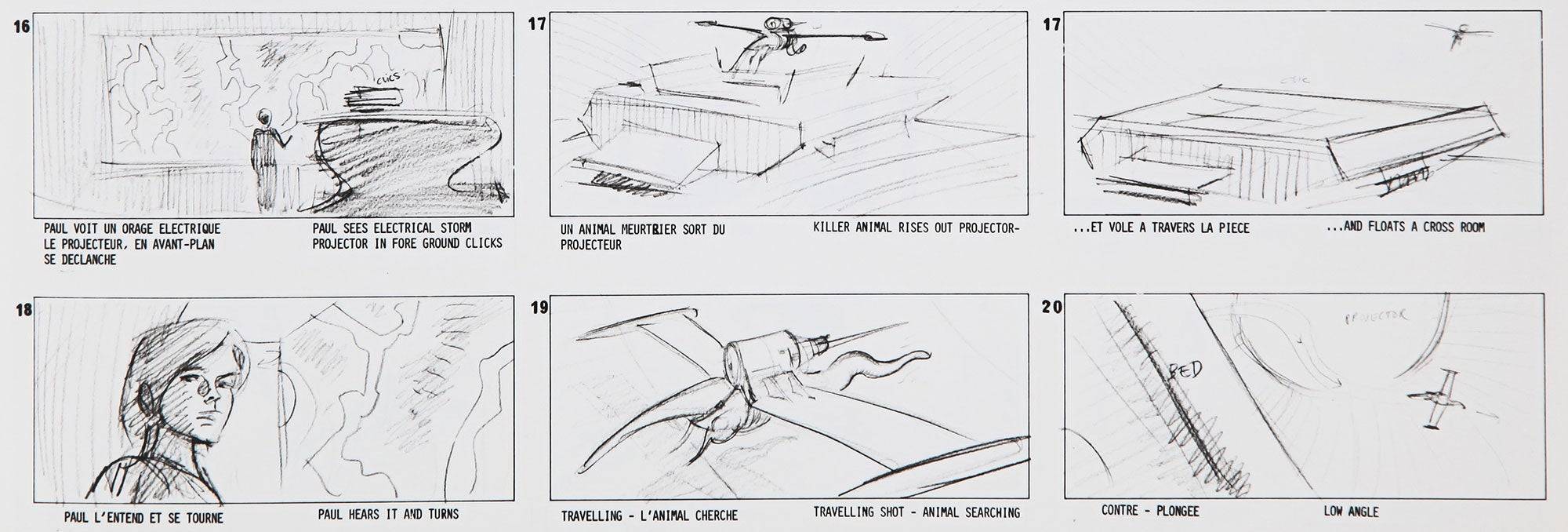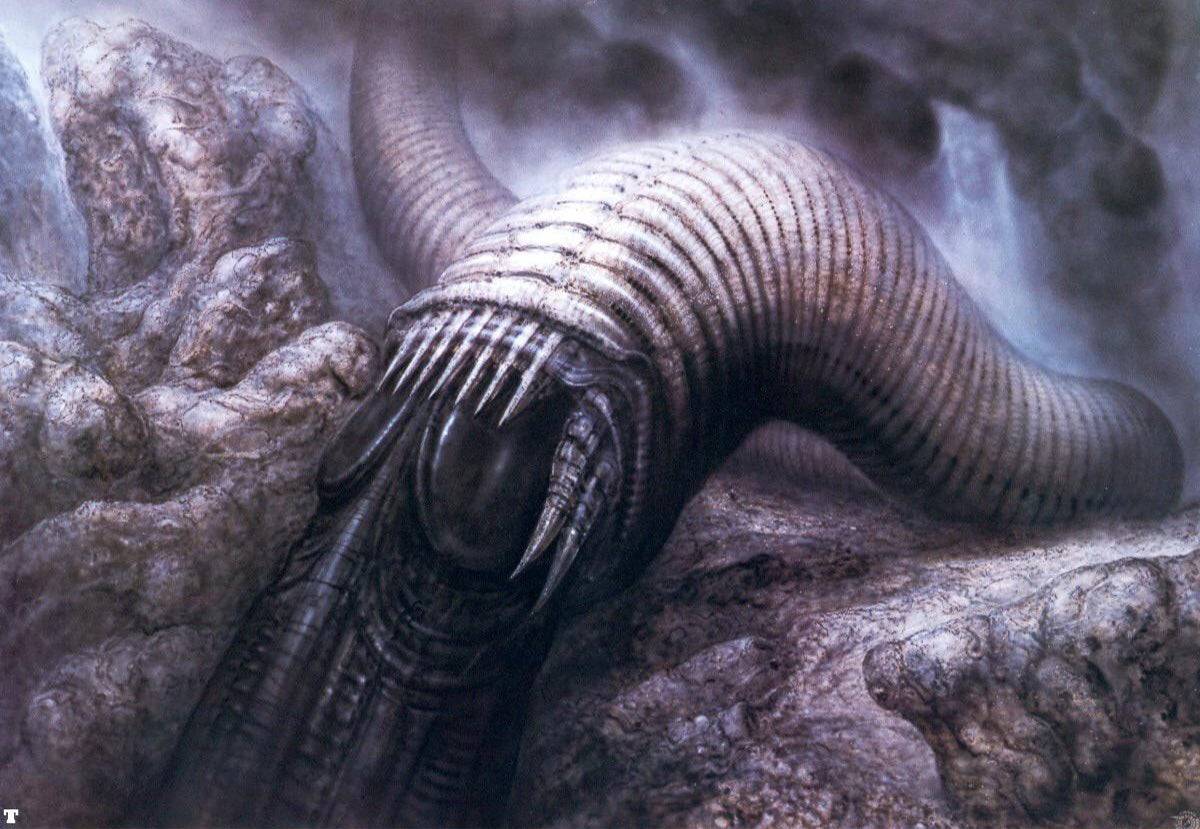Ridley Scott's Lost Dune: Unearthing a 40-Year-Old Script
This week marks four decades since David Lynch's Dune premiered. Initially a box office flop, it's since cultivated a devoted cult following. This stands in stark contrast to Denis Villeneuve's recent big-screen adaptation of Frank Herbert's iconic novel. Ridley Scott's involvement, preceding Lynch's, has remained largely shrouded in mystery—until now.
A 133-page draft of Scott's abandoned Dune screenplay, penned by Rudy Wurlitzer in October 1980, has surfaced. Discovered in the Coleman Luck archives at Wheaton College, this script offers unprecedented insight into Scott's vision.
Following the success of Alien, Scott inherited a two-part screenplay by Herbert himself—faithful to the source material but cinematically unwieldy. Scott selected a handful of scenes but ultimately commissioned Wurlitzer for a complete rewrite. Like its predecessors, this version was conceived as the first part of a two-film epic.
Wurlitzer described the project as incredibly challenging, stating that outlining the narrative consumed more time than writing the final script. Scott himself later confirmed the script's quality, calling it "pretty fucking good."
Numerous factors contributed to the project's collapse, including the death of Scott's brother, his reluctance to film in Mexico (per De Laurentiis' demands), a ballooning budget exceeding $50 million, and the perceived viability of Filmways' Blade Runner project. However, a key factor, as noted in A Masterpiece in Disarray – David Lynch's Dune, was the script's failure to garner universal acclaim.
Was Wurlitzer's adaptation a cinematic misfire, or simply too dark, violent, and politically charged for a mainstream release? A detailed analysis of the script allows for independent judgment.
A Reimagined Paul Atreides
Scott's Dune opens with a dream sequence depicting apocalyptic armies, foreshadowing Paul's destiny. The script's visual descriptions are intensely evocative, showcasing Scott's signature stylistic density. Instead of Timothée Chalamet's portrayal, Paul is depicted as a seven-year-old, undergoing a trial by the Reverend Mother. This version emphasizes Paul's "savage innocence" and assertive nature, contrasting with Lynch's more vulnerable depiction. The script even includes a flash-forward showcasing Paul's training and eventual surpassing of Duncan Idaho.

The Emperor's Demise and Shifting Power Dynamics
A pivotal plot twist introduces the Emperor's death as the catalyst for the events of the story, a significant departure from the novel. The ensuing power struggle involves the Baron Harkonnen, who attempts to negotiate with Duke Leto Atreides over Arrakis' spice production. The script features a line strikingly similar to a famous line from Lynch's film: "Who controls Dune controls the Spice, and who controls the Spice controls the Universe."
The Guild Navigator and Arrakis
The script introduces the Guild Navigator, a spice-mutated being, depicted as a strangely humanoid figure. The Navigator's method of plotting the Heighliner's course through musical intonations adds a unique layer to the narrative. The arrival on Arrakis showcases Scott's medieval aesthetic, emphasizing swords, feudal customs, and class disparity. The ecological impact of spice mining is highlighted through various scenes, including a depiction of squalid urban areas and the suffering of the populace.
A new action sequence features a bar fight in Arakeen, showcasing Paul's combat skills. This scene, however, has been criticized for potentially undermining Paul's character arc. The script also depicts the meeting with Stilgar and a brutal confrontation with a Harkonnen agent.

The Deep Desert and Confrontation
Paul and Jessica's escape into the desert is depicted with intense detail, emphasizing the harsh environment and the physical challenges they face. The script features a confrontation with a sandworm, mirroring Villeneuve's adaptation. However, a notable omission is the mother-son incestuous relationship present in earlier drafts. This omission was a direct result of objections from both Herbert and De Laurentiis.
The script culminates in a Water of Life ceremony, showcasing a blend of mystical and erotic elements. A giant sandworm plays a crucial role in the ceremony, leading to Jessica becoming the new Reverend Mother. The script concludes with Paul and Jessica's acceptance into the Fremen tribe, setting the stage for future conflicts.
A Bold, Yet Controversial Vision
Scott's Dune, as envisioned by Wurlitzer, presents a darker, more politically charged narrative than previous adaptations. Paul is portrayed as a ruthless leader, willing to make sacrifices to achieve his goals. The script's emphasis on ecological devastation and social inequality adds a layer of complexity to the story. While the script deviates significantly from Herbert's novel, it offers a unique interpretation of the source material, emphasizing its ecological and political themes. The script's bold choices, however, may have contributed to its rejection by studio executives.

The legacy of Scott and Wurlitzer's Dune remains a topic of discussion. While it never reached the screen, its influence can be seen in other works, and it provides a fascinating glimpse into a potential, yet unrealized, cinematic interpretation of Frank Herbert's masterpiece. The script's focus on ecological themes and political intrigue remains relevant, suggesting that a future adaptation might yet capture this unique vision.



















